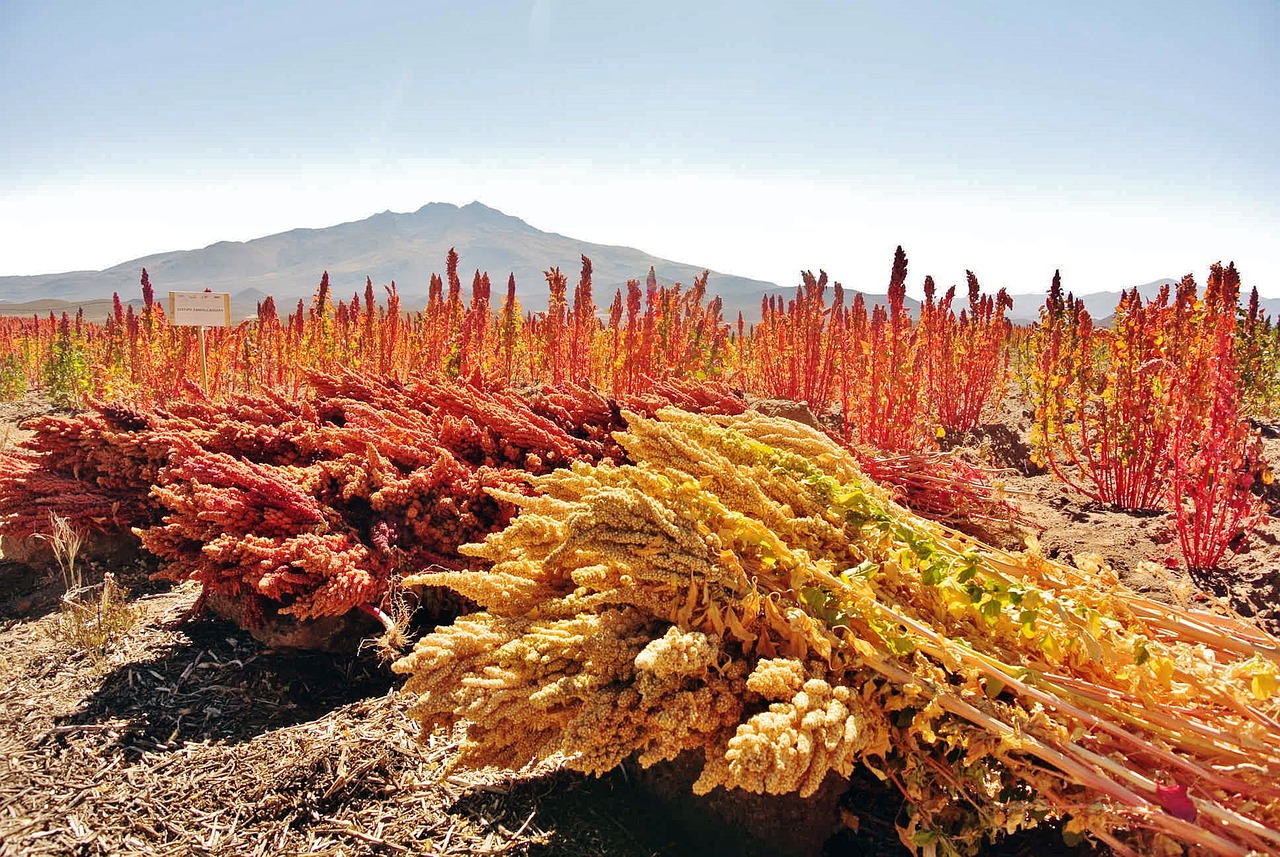If you’re one of the many gardeners interested in growing this super grain, understanding the harvesting process is crucial to enjoying its benefits fully. In this blog post, we’ll cover everything you need to know about harvesting quinoa, ensuring you can enjoy this nutritious grain in your meals.
What is Quinoa?
Quinoa (Chenopodium quinoa) is an ancient grain, originally cultivated in the Andean regions of South America. It is often referred to as a “pseudo-cereal” because it is technically a seed rather than a grain. Quinoa is celebrated for being gluten-free and packed with protein, fiber, and essential amino acids, making it a popular choice for vegetarians, vegans, and health enthusiasts alike.
Growing Quinoa: A Quick Overview
If you’re growing quinoa, it typically requires a warm growing season. Here are some quick tips for growing it:
Planting: Sow quinoa seeds in the spring after the last frost, allowing for a growing period of about 90 to 120 days.
Soil Requirements: Quinoa thrives in well-drained soil with a pH level between 6.0 to 7.0. It is quite resilient and can grow in less-than-ideal conditions.
Watering: Ensure consistent moisture, especially during germination. Once plants are established, they are more drought-tolerant.
When to Harvest Quinoa
Timing is essential when it comes to harvesting quinoa. Here are a few indicators that will signal the right time to start:
Visual Cues: Watch for the leaves to start turning yellow and the seeds to take on a brown tint. The seed heads will also become papery and dry.
Seed Hardness: A good way to assess readiness is by checking the seeds themselves. They should feel firm, and when you try to squish them, they should resist easily.
Weather Conditions: Harvesting too late can lead to seed shattering, while harvesting too early can result in undeveloped seeds. Ideally, aim for a dry day to harvest, as excess moisture can lead to spoilage.
The Harvesting Process
Once you’ve determined that your quinoa is ripe for harvesting, here’s how to go about it:
Gather Your Tools
Before starting the harvest, make sure you have the necessary tools:
Gloves: Protect your hands, as some varieties can have saponins on their surface, which can irritate the skin.
Shears or Scissors: Use these to cut the seed heads off the plants.
Buckets or Bags: Have containers ready to collect the harvested seed heads.
Cut the Seed Heads
Using shears or scissors, carefully cut the seed heads from the plants. You can do this by either cutting just below the seed head or cutting the entire plant stalk. For larger fields or gardens, using a sickle may speed up the process.
Drying
After you have harvested the seed heads, it’s important to dry them. Hang them in a well-ventilated area away from direct sunlight. Allow them to dry for a few days until they feel completely dry and brittle. This drying process helps reduce moisture content, preventing mold during storage.
Threshing Quinoa
Threshing is the process of separating the quinoa seeds from the seed heads. Here’s how to do it:
Manual Threshing: You can rub the seed heads between your hands to release the seeds. Alternatively, you can place them in a container and shake vigorously.
Mechanical Threshing: If you have a larger quantity, consider using a mechanical thresher, which can save time and effort.
Once the seeds are free, spread them out and let them air-dry for an additional 24 to 48 hours to ensure they are completely moisture-free.
Cleaning Quinoa Seeds
Quinoa seeds naturally come with a coating of saponins, which can make them taste bitter. To remove this, rinse the seeds thoroughly under cold water. Using a fine mesh strainer works best for this task. Make sure to rub the seeds gently to remove all the saponins.
Storing Harvested Quinoa
Once cleaned and dried, store your quinoa seeds in a cool, dry place. Airtight glass jars or vacuum-sealed bags can help preserve freshness. Properly stored quinoa can last for several years, providing you with nutrition and versatility when you need it.
Conclusion
Harvesting quinoa is a rewarding experience that allows you to yield a nutrient-dense crop from your garden. By paying attention to timing and utilizing the right techniques, you can enjoy the fruits of your labor for many meals to come.






